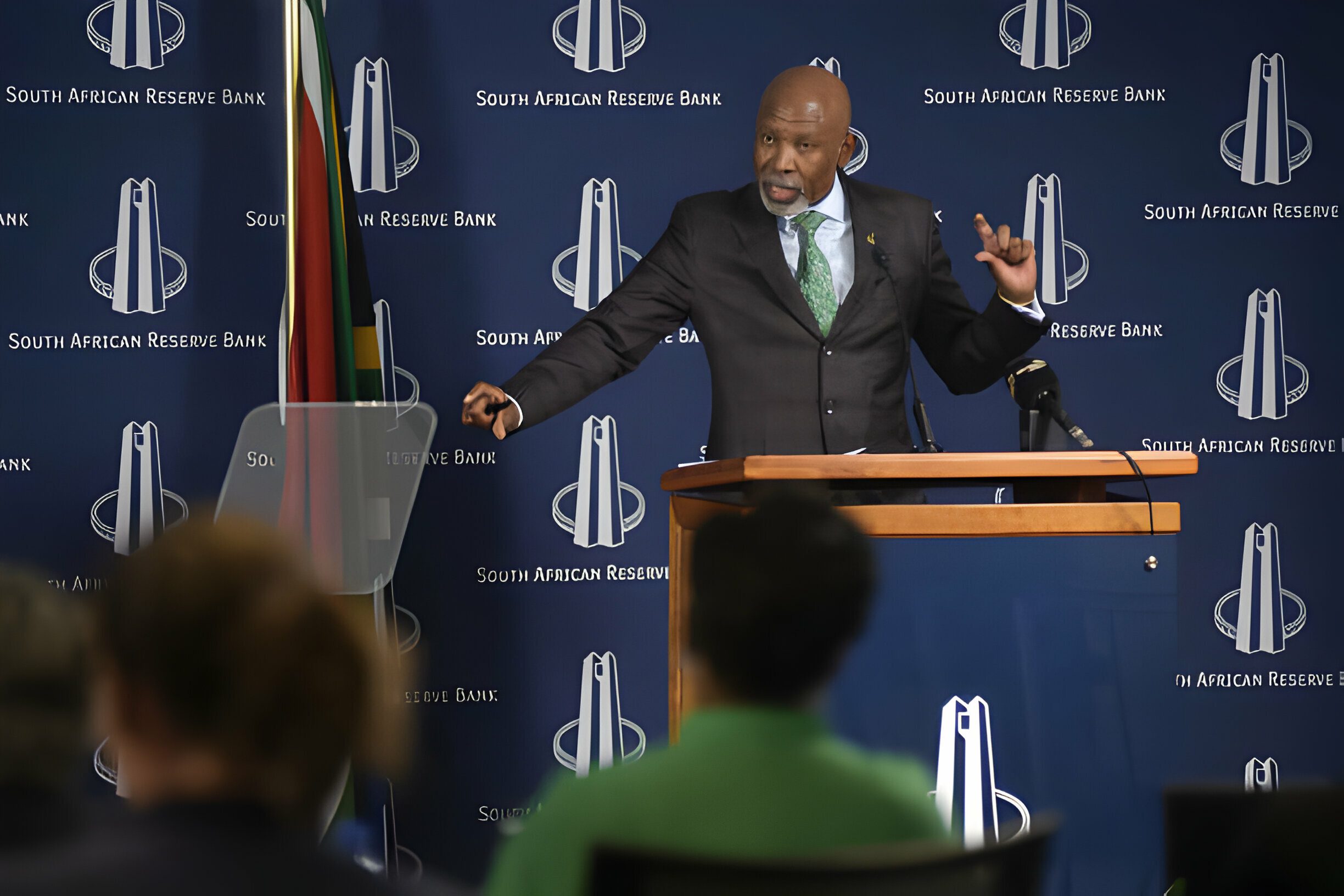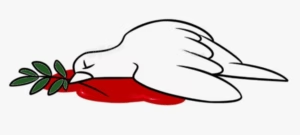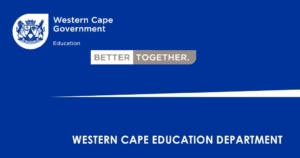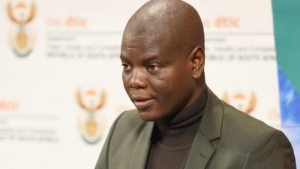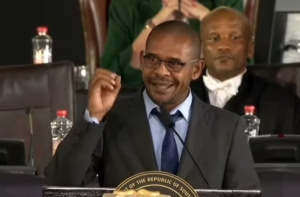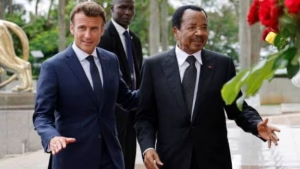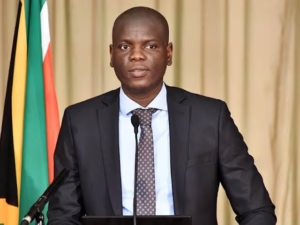In a significant move, Lesetja Kganyago, the Governor of the South African Reserve Bank (SARB), revealed that the Monetary Policy Committee (MPC) has made the decision to maintain the current repurchase rate, commonly referred to as the repo rate. This announcement ensures that the repo rate will continue at its present level of 8.25%. Consequently, the prime lending rate also remains static at 11.75%.
Governor’s Insight on Economic Conditions
Governor Kganyago highlighted the importance of stable inflation and interest rates, stating, Achieving permanently lower inflation and interest rates requires inflation expectations to be closely anchored to the mid-point of the target band.
He emphasized the complexity of the economic landscape at the beginning of the year, noting a blend of stable and uncertain elements in the global economy.
During his speech, Kganyago observed, While headline inflation continues to ease in much of the world, core inflation remains sticky and high. Both advanced and emerging economies are likely to see modest economic growth this year, despite better-than-expected outcomes in 2023. In most countries, reaching inflation targets, reducing fiscal deficits and containing or lowering debt levels will stay as key policy priorities. Financing conditions are expected to remain tight.
The Governor also expressed concerns about long-term economic prospects, citing geo-political tensions and climate change as significant threats to supply chains, production, and pricing. He acknowledged that these factors, combined with high-interest rates and debt, are likely to suppress investor interest and lead to volatility in financial markets and asset prices. Kganyago predicted a modest global growth of 2.6% in 2024, taking into account various global factors.
Challenges in South African Infrastructure
A critical issue addressed by Kganyago was the operational difficulties in South African ports and railways. He pointed out that these, along with electricity shortages, have been major contributors to the country’s limited output growth and escalating costs in the past year. These challenges are expected to continue, substantially hindering the nation’s potential economic growth. Despite the anticipation of a gradual increase in electricity supply over time, its impact on short and medium-term growth remains unchanged from the adjustments made in November.
Economic Growth and Inflation Forecasts
On the subject of the country’s Gross Domestic Product (GDP) growth, Kganyago remarked, For 2023 as a whole, GDP growth is revised down slightly to 0.6% from the November figure of 0.8%. Our GDP growth forecast for 2024 and 2025 is unchanged from the previous meeting, at 1.2% and 1.3%, respectively. At present, we assess the risks to the medium-term domestic growth outlook to be balanced.
Addressing inflation in major economies, the Governor stated, Sticky inflation in G3 economies implies that their average policy rates will remain elevated, at about 4.3% in 2024 compared to the 1.1% average rate seen in 2022. These tighter global financial conditions raise the risk profile of economies needing foreign capital. South Africa’s long-term cost of borrowing is expected to remain high. Despite moderating inflation, long-term bond yields currently trade around 12%.
The decision to keep the rate unchanged was largely anticipated by market analysts.
Expert Analysis and Consumer Price Trends
Frank Blackmore, a leading economist at KPMG, in a conversation with Business Report, suggested that while inflation has decreased, interest rate reductions might be expected later in the year. Blackmore explained, Although inflation has seen a reduction from the highs of July in 2022 to the current level of 5.5% in November of last year (2023), we do expect that trend to continue further through 2024. The reality is, there is still a lot of inflation or cost pressure within the economy.
This forecast aligns with the recent trend of declining consumer prices. Despite a consecutive drop for two months, the rates remain at the upper end of the SARB’s target range. Data from Statistics South Africa (StatsSA) released earlier in the week showed a decline in the headline consumer price index (CPI) to 5.1% in December, down from 5.5% in November and 5.9% in October. This represents the lowest CPI figure in four months, moving closer to the SARB’s preferred midpoint of 4.5% in their 3-6% target range.

